If someone asked you what your business does, would you be able to describe it accurately in a concise, compelling manner?
Better yet: would your description inspire a potential customer to want to learn more about what you have to offer?
Even further, suppose multiple people wanted that description in writing—sales team members, potential customers, existing customers who want to refer you?
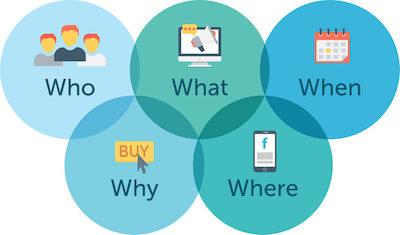
That scenario is a problem for lots of organizations. Who you are, what you provide, why you’re so awesome—it’s all immediately and perfectly clear in your head, but how do you create that snapshot in someone else’s head? Fortunately, there is a solution. I’m talking about the trusty marketing one-pager (aka a one-sheet or sell sheet). In this post, I’m going to cover:
- What a one-pager is (and what it is not), and why it is essential for marketing.
- The core elements you need when writing a one-sheet (with copy suggestions).
- Real examples of marketing one-pagers to help you visualize and gain some inspiration.
I’ll also provide some tools and resources that can help you bring a great one-pager to life for your business. So let’s get started.
What is a marketing one-pager?
As you may have deduced, it’s a single page that distills down what your company does and for whom. (It can also be a single page about what a product or service does for specific target markets.)
Think of the one-sheet as what’s commonly called an elevator speech or pitch. The name suggests that your marketing message should be delivered in the time span of an elevator ride. Its general purpose is to intrigue the listener enough to want to hear the entire value proposition in the near future.
Its general purpose is to intrigue the listener enough to want to hear the entire proposition in the near future.
The noticeable difference with a marketing one-sheet is that it’s in written format and is portable: it can be emailed, shared on social media, downloaded, printed out and mailed, and so forth.
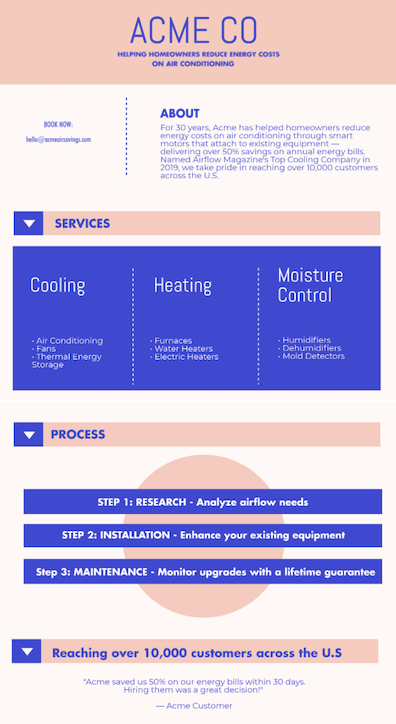
So while your homepage might have a lot of the core information about your business, it’s designed to send visitors out to its other pages, where they can get a holistic view of your business. With a one-pager, you present a full snapshot of your business in, well, one page.
An effective marketing one-pager quickly orients the reader to the value of your business, whether the reader is a customer, investor, potential partner, etc. Its overarching benefit is that it provides the clear, concise, benefits-driven communication that people desire when learning about a business.
The overarching benefit of a one-sheeter: It forces clear, concise, benefits-driven communication.
📚 Free guide download >> 135 of the Best Words & Phrases for Marketing with Emotion
Do I need a marketing one-pager?
Aside from the scenario above, the one-pager is becoming a necessity in companies’ and individuals’ marketing toolkits. In fact, concise content is #4 in Marketing Insider Group’s list of 12 content marketing trends now and for the foreseeable future
So, the one-sheet, once the thing companies stacked on waiting room tables and the go-to “leave behind” of sales reps on face-to-face visits, is coming back into vogue. And it’s doing so precisely because of its brevity. Moreover, it has tangible marketing value: It narrows your prospect’s focus (amid all the distractions of today), which bolsters your engagement chances.
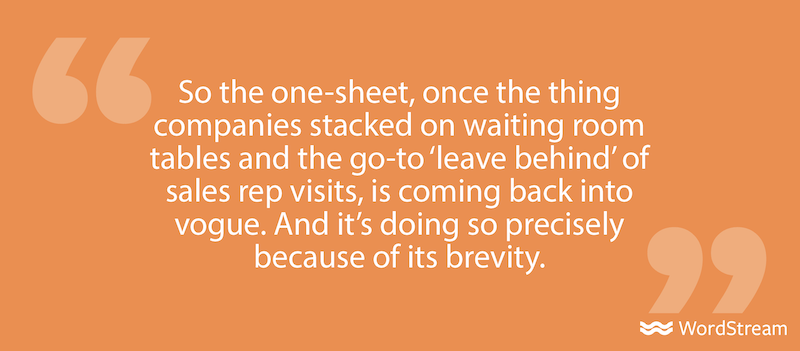
So the answer to the above question? Yes, you need a marketing one-pager, to:
- Provide a clear snapshot of your business in a noisy and content-saturated world.
- Align with current consumer behaviors and attention spans.
- Increase the chances of further engagement by prospects.
- Convey your company’s value.
How to build your marketing one-pager
When assembling your one-sheet, be selective about what you include. The layout and design are paramount. The one-sheeter must be visually appealing and inviting to read—without making it look like a lot of work to get through. Ultimately, your reader must comprehend it quickly and absorb the material in a useful way. The key here, and as is the case with any copywriting, you want the reader to take action.
Below I will provide the essential elements your one-pager should have (note: several real-world examples follow below). The pieces follow the typical top, middle, and bottom flow for written material. (For more copywriting help, these formulas might be of interest to you).
Are there exceptions to the layout and elements? Of course! This is marketing, and grey areas abound. But these elements should typically outweigh any creative, outside-the-lines thinking.
Elements to have at the top of your one-pager
Here are the elements you’ll want at the top of your one-sheet.
Company name and logo: Kind of a no-brainer here, right? You want to let the reader know who the content is from. Be mindful of the fact you have limited space—it is one sheet after all.
Pain points: Call out what your target audience suffers from or needs help with. Be as specific as possible. Remember: you can’t be everything to everybody. Test this element of the one-sheeter repeatedly until you find the best performer. In essence, your pain point is your headline for your one-sheeter. So it has to grab attention.
For example, instead of saying something like “The Bay Area’s Number One HVAC Company” – bland, boring – it could be “Had Enough of Your Outdated Furnace Giving You the Cold Shoulder at Night?”
The bottom line is, you’re hoping the reader is nodding her head “yes” when reading the pain point(s) of your one-sheet.
Solution: This is the pivotal point of the one-sheeter. It’s where you give your reader what they want more than anything, and that’s HOPE—hope that you can solve their problems. So if you’re our HVAC friend, then lay it out for the reader.
For example:
“We’ve helped Bay Area folks stay cozy at night since 1948. They love our Five-Star Service and Better Business Bureau A+ rating. Our secret is staying technologically advanced while still servicing every make and model ever made. Seriously!”
See the below mockup of a one-sheet. Your headline should be something a bit more compelling, but this will help you to visualize the information you’re trying to convey.
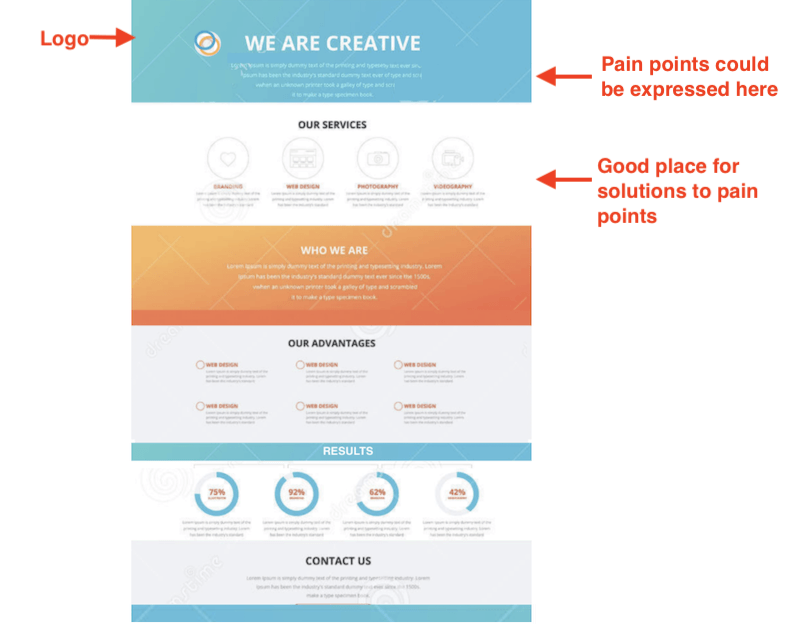
One pager example adapted from Extensio
Elements to include in the middle of your one-pager
The middle of the one-sheet is where you can get into the specifics: the why and how of your business.
Features: List out a handful of your personal, company’s, or product/service’s features. These are the bells and whistles that you bring to the table:
- 24/7 service
- Advanced training and techniques
- Free estimates
- The new-and-improved version
- Free consultation
- Licensed in XYZ skill
- Downloadable on all devices
Benefits: Answer the question “So what?” about your features. Insert “What this means to you is (answer)” after every feature you list.
Insert a “what this means to you” benefit after every feature you list in your one-sheet.
For example, for “licensed in XYZ skill,” the benefit may be “What this means to you is you’ll rest easy knowing our team has full training and hands-on experience with your equipment. We know we’ll fix it and make it good as new.”
Other benefits include:
- Save time
- Save money
- Produces the best results available, such as “increase leads by 10x.”
The bottom line with benefits: How specifically will the features make the prospect’s life better? When producing any marketing content, you should always put yourself in your readers’ shoes and read it with their “what’s in it for me” mindset.
The bottom line with benefits: How specifically will the features make the prospect’s life better?
For this section of your company one-sheet, these finer points of features and benefits will give you a better feel for what they are and how to use them.
Elements for the bottom of your one-pager
This is where you inspire and equip your reader to take action.
Call to Action (CTA): What should the reader, after having been fully convinced YOU are the answer to their prayers, do next?
- “Start saving today!”
- “Contact me for a free consultation”
- “Learn more about XYX widget here”
There are multiple ways to incorporate CTAs into your one-sheeter. This element, too, can and should be tested frequently. The CTA is probably the most overlooked element—but talk about an important one! We offer an in-depth look at CTAs to bolster your one-sheeter’s performance.
Contact information: Include everything about you or your company to make it easy for people to find you. Include your physical address (if applicable), social channels, email address, phone numbers—everything you feel comfortable sharing.
*Optional add-on for the one-sheeter: Include a brief testimonial or customer review. If space is at a real premium, only include a sentence or two of that stellar testimonial you’ve got lying around.
The takeaway here is that your company one-sheet is about the customer. You have so much to offer and want to tell it all, but when it comes to your one-sheet, resist the urge to make it all about your company. Make it about how your company knows and is the solution to your customer’s problems.
The one-sheeter is about the customer. Resist the urge to make it all about you or your company. Instead, make it about how you are the solution they need.
Examples of great one-sheeters
Let’s look at some specific examples of company one-sheets for context and inspiration. You’ll note there is no particular formula or layout. And yes, some are more than one page. Some essential elements are occasionally omitted, depending on the brand. Of course, big brands can get away with missing details because they’re well-known entities.
HVAC one-sheeter
This one is actually two pages online. Burleson Plumbing & Heating does a great job of focusing on a specific offering with this one-sheeter. It’s all about their maintenance program and why it’s a good idea.
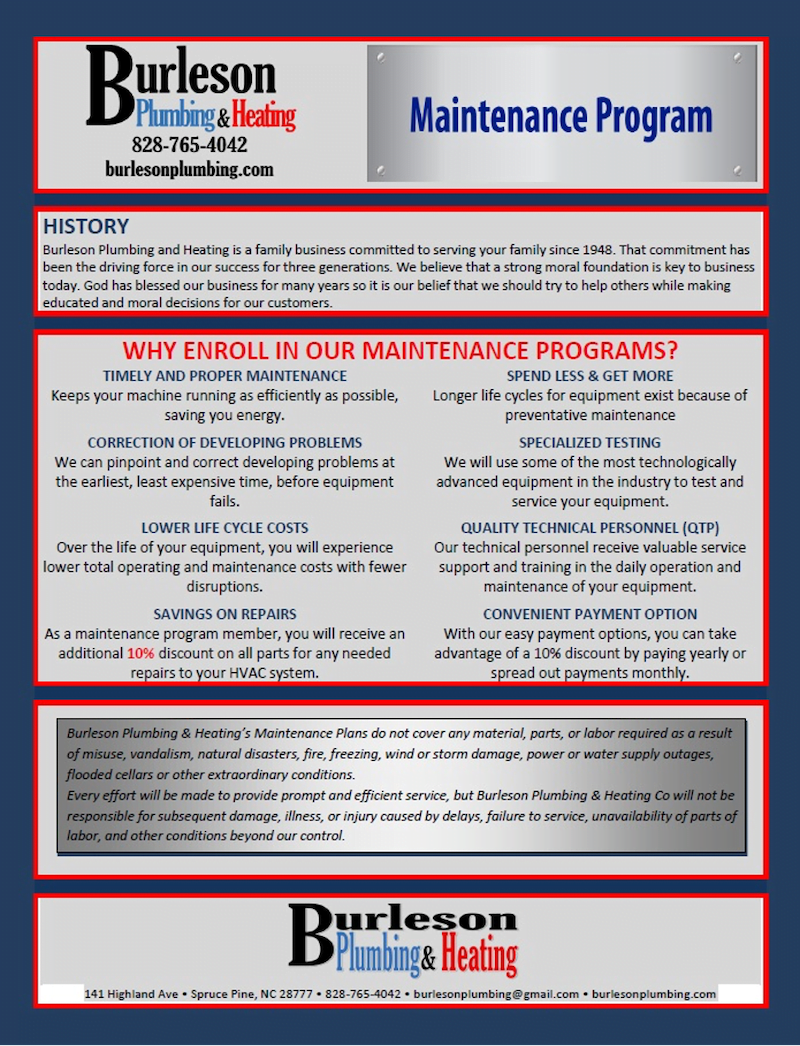
Social media consultant and speaker one-sheeter
This one is also two pages online. Jasmine Sandler has a lot to offer. She clearly outlines what she does and who she does it for, along with providing multiple contact points. Last, she builds her credibility with previous press and speaker appearances listed.
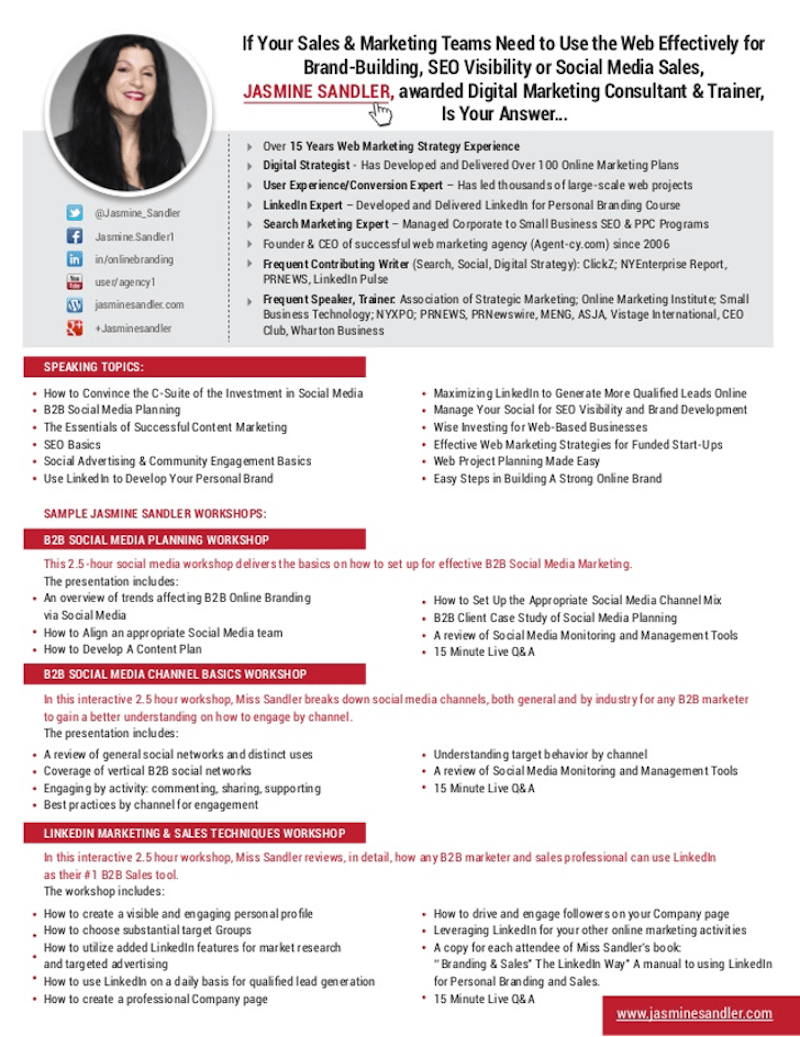
Startup incubator one-sheeter
A great example of a tight one-sheeter that covers every essential element and uses the space and graphics perfectly:

Mercedes-Benz one-sheeter
A well-known brand that uses emotions and visualization. It’s all benefits, nothing about features or pain points. But hey, it’s Mercedes-Benz. They don’t have to do much selling.
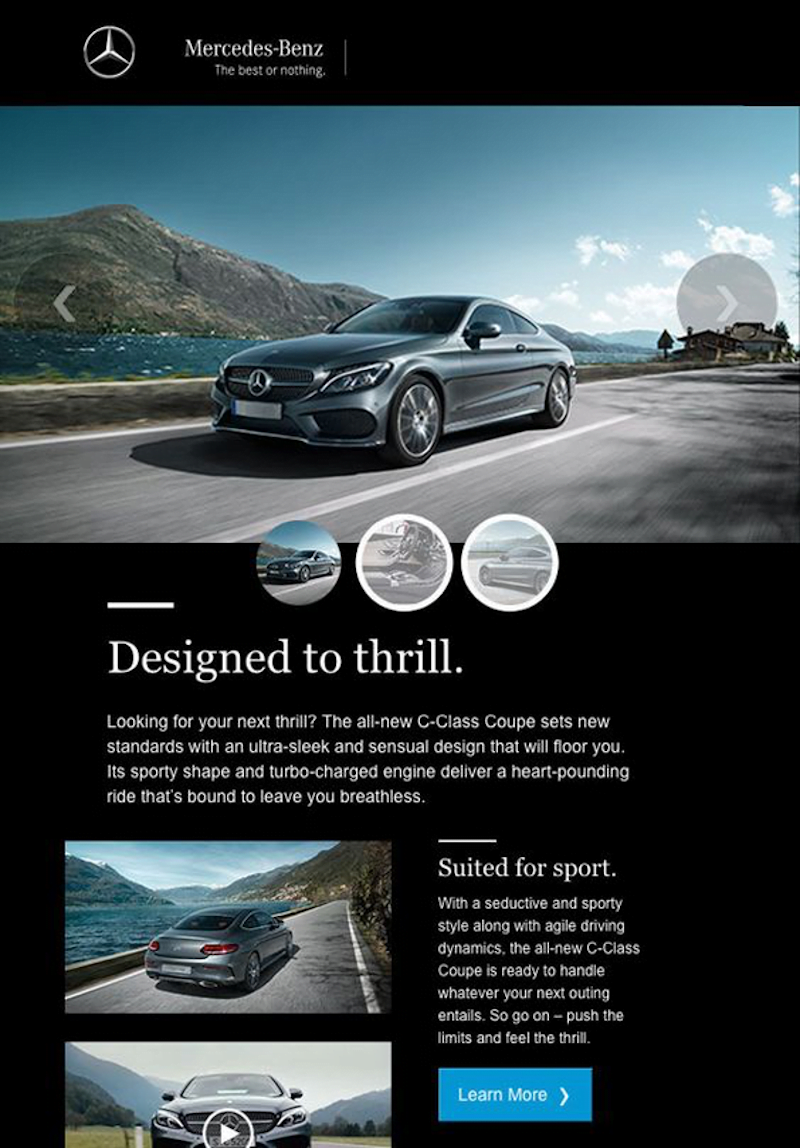
Tech agency one-sheeter
Fantastic one-sheeter that utilizes space and graphics to capture everything they do in a single sheet. The headline is intriguing and grabs your attention.
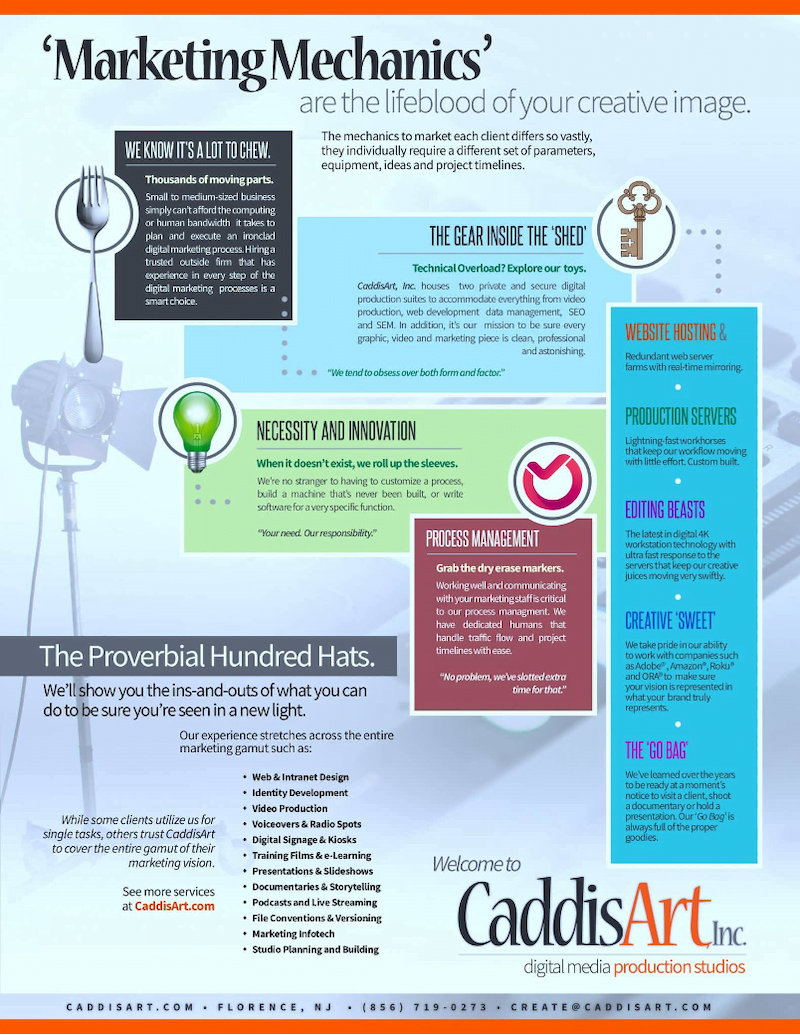
What a one-sheeter is NOT (usually)
- It’s not a spec sheet. Those are separate documents to be used further down the funnel to support the decision-making process. However, a spec sheet or data sheet may be what your industry refers to it as. For example, in software, a prospect might request a data sheet that includes the standard things a marketing one-sheeter would.
- It’s not a company history, about us, or personal bio page. That information goes on a separate web page. However, you absolutely want a brief snippet about who you are as a company or individual.
- It’s not a total data dump. You don’t want to overload the reader with extraneous information because TMI will cause “reader overwhelm.” Stay brief and to the point. You want the reader to have enough information to take the next step, i.e., click the CTA button.
- It’s not a case study. That’s a separate, longer piece of content. The one-sheeter can mention a crucial point or testimonial of a case study and even offer a link to the case study.
Tools to create your company’s one-sheeter
Once you have the template nailed for your one-sheeter, you’re ready to go. In fact, why not create multiple one-sheeters for multiple audiences? Swap out the information to make them for all of your products and services. You could even apply the same format for your company one-pager to your product, service, or program one-pagers.
Here are a few helpful resources to kick-start your one-sheet library:
- Jennifer Beever, a Certified Marketing Consultant, offers some excellent “Do’s and Don’ts” of marketing one-sheets here.
- Visme has multiple types of templates, including a product sell sheet.
- Xtensio bills itself as “the easiest way for teams to create, manage and share beautiful living documents,” including one-pagers.
Get started on your company one-pager(s) now
A compact yet informative page (or two) that distills your business down into its core value—what it provides, why it provides it, and how it benefits or solves pain points—is a powerful piece of content that you can use time and time again. Get started on your company one-sheet today and you’ll be surprised at how many times it comes in handy—and how many times it can be repurposed, too.







